Children's dishes
Dishes and tools are some of the accessories that accompany a person for a lifetime. The first acquaintance with them takes place even before the baby is a year old. The motor skills and coordination of the movements of a child of this age are not yet so good that you could risk teaching him to eat from those utensils that you normally use yourself.
150 products
-
Clemence gertuvė - Butterfly / Apple blossom

 Vendor:Clemence gertuvė - Butterfly / Apple blossomLIEWOOD
Vendor:Clemence gertuvė - Butterfly / Apple blossomLIEWOOD- Regular price
-
€20,00 - Regular price
-
€20,00 - Sale price
-
€20,00
-
Nuuroo Giraffe silicone dish set - Bering Sea
 Vendor:Nuuroo Giraffe silicone dish set - Bering SeaNuuroo
Vendor:Nuuroo Giraffe silicone dish set - Bering SeaNuuroo- Regular price
-
€39,00 - Regular price
-
€39,00 - Sale price
-
€39,00
-
Nuuroo Giraffe silicone dish set - Cobblestone
 Vendor:Nuuroo Giraffe silicone dish set - CobblestoneNuuroo
Vendor:Nuuroo Giraffe silicone dish set - CobblestoneNuuroo- Regular price
-
€39,00 - Regular price
-
€39,00 - Sale price
-
€39,00
-
Giraffe Silicone Bowl Set - Cobblestone
 Vendor:Giraffe Silicone Bowl Set - CobblestoneNuuroo
Vendor:Giraffe Silicone Bowl Set - CobblestoneNuuroo- Regular price
-
€19,00 - Regular price
-
€19,00 - Sale price
-
€19,00
-
Giraffe Silicone Bowl Set - Cobblestone
 Vendor:Giraffe Silicone Bowl Set - CobblestoneNuuroo
Vendor:Giraffe Silicone Bowl Set - CobblestoneNuuroo- Regular price
-
€19,00 - Regular price
-
€19,00 - Sale price
-
€19,00
-
Giraffe silikonio dubenėlio rinkinys - Dusty yellow
 Vendor:Giraffe silikonio dubenėlio rinkinys - Dusty yellowNuuroo
Vendor:Giraffe silikonio dubenėlio rinkinys - Dusty yellowNuuroo- Regular price
-
€19,00 - Regular price
-
€19,00 - Sale price
-
€19,00
-
Giraffe Silicone Bowl Set - Cobblestone
 Vendor:Giraffe Silicone Bowl Set - CobblestoneNuuroo
Vendor:Giraffe Silicone Bowl Set - CobblestoneNuuroo- Regular price
-
€19,00 - Regular price
-
€19,00 - Sale price
-
€19,00
-
Giraffe silicone tableware set - Bering Sea
 Vendor:Giraffe silicone tableware set - Bering SeaNuuroo
Vendor:Giraffe silicone tableware set - Bering SeaNuuroo- Regular price
-
€35,00 - Regular price
-
€35,00 - Sale price
-
€35,00
-
Giraffe silicone cookware set - Cobblestone
 Vendor:Giraffe silicone cookware set - CobblestoneNuuroo
Vendor:Giraffe silicone cookware set - CobblestoneNuuroo- Regular price
-
€35,00 - Regular price
-
€35,00 - Sale price
-
€35,00
-
Giraffe silicone cookware set - Woodrose
 Vendor:Giraffe silicone cookware set - WoodroseNuuroo
Vendor:Giraffe silicone cookware set - WoodroseNuuroo- Regular price
-
€35,00 - Regular price
-
€35,00 - Sale price
-
€35,00
-
Kūdikių indų rinkinys - Apple blossom

 Vendor:Kūdikių indų rinkinys - Apple blossomLIEWOOD
Vendor:Kūdikių indų rinkinys - Apple blossomLIEWOOD- Regular price
-
€60,00 - Regular price
-
€60,00 - Sale price
-
€60,00
-
Kūdikių indų rinkinys - Dove blue

 Vendor:Kūdikių indų rinkinys - Dove blueLIEWOOD
Vendor:Kūdikių indų rinkinys - Dove blueLIEWOOD- Regular price
-
€60,00 - Regular price
-
€60,00 - Sale price
-
€60,00
-
Food Feeder - Shifting Sands

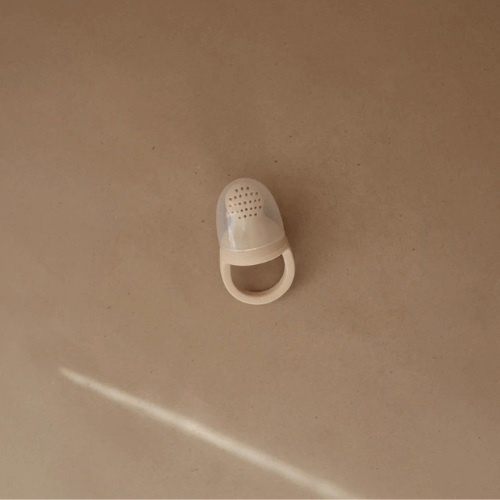 Vendor:Food Feeder - Shifting SandsMushie
Vendor:Food Feeder - Shifting SandsMushie- Regular price
-
€20,00 - Regular price
-
€20,00 - Sale price
-
€20,00
-
Food thermos - Confetti

 Vendor:Food thermos - ConfettiThe Cotton Cloud
Vendor:Food thermos - ConfettiThe Cotton Cloud- Regular price
-
€33,00 - Regular price
-
€33,00 - Sale price
-
€33,00
-
Food thermos - Meuwtiful Cats

 Vendor:Food thermos - Meuwtiful CatsThe Cotton Cloud
Vendor:Food thermos - Meuwtiful CatsThe Cotton Cloud- Regular price
-
€33,00 - Regular price
-
€33,00 - Sale price
-
€33,00
-
Nuuroo Mingo sticky silicone plate - Bearing Sea

 Vendor:Nuuroo Mingo sticky silicone plate - Bearing SeaNuuroo
Vendor:Nuuroo Mingo sticky silicone plate - Bearing SeaNuuroo- Regular price
-
€17,00 - Regular price
-
€17,00 - Sale price
-
€17,00
-
Nuuroo Mingo sticky silicone plate - Cobblestone

 Vendor:Nuuroo Mingo sticky silicone plate - CobblestoneNuuroo
Vendor:Nuuroo Mingo sticky silicone plate - CobblestoneNuuroo- Regular price
-
€17,00 - Regular price
-
€17,00 - Sale price
-
€17,00
-
Nuuroo Mingo sticky silicone plate - Bearing Sea

 Vendor:Nuuroo Mingo sticky silicone plate - Bearing SeaNuuroo
Vendor:Nuuroo Mingo sticky silicone plate - Bearing SeaNuuroo- Regular price
-
€17,00 - Regular price
-
€17,00 - Sale price
-
€17,00
-
Nuuroo Mingo sticky silicone plate - Woodrose
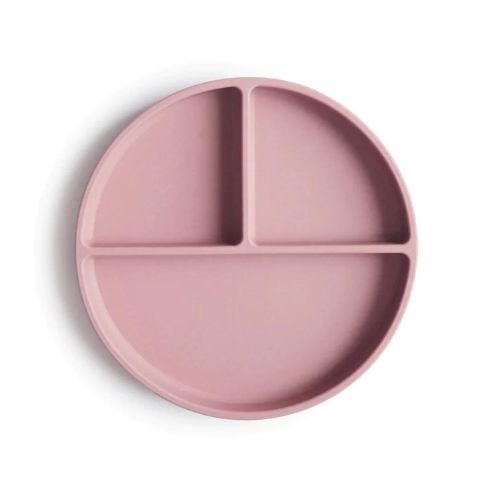
 Vendor:Nuuroo Mingo sticky silicone plate - WoodroseNuuroo
Vendor:Nuuroo Mingo sticky silicone plate - WoodroseNuuroo- Regular price
-
€17,00 - Regular price
-
€17,00 - Sale price
-
€17,00
-
Miranda maisto maitintuvai - Whale blue / Dove blue

 Vendor:Miranda maisto maitintuvai - Whale blue / Dove blueLIEWOOD
Vendor:Miranda maisto maitintuvai - Whale blue / Dove blueLIEWOOD- Regular price
-
€25,00 - Regular price
-
€25,00 - Sale price
-
€25,00
-
Miranda maisto maitintuvas - Tuscany rose / Apple blossom

 Vendor:Miranda maisto maitintuvas - Tuscany rose / Apple blossomLIEWOOD
Vendor:Miranda maisto maitintuvas - Tuscany rose / Apple blossomLIEWOOD- Regular price
-
€25,00 - Regular price
-
€25,00 - Sale price
-
€25,00
-
Perry peilių rinkinys - Sandy

 Vendor:Perry peilių rinkinys - SandyLIEWOOD
Vendor:Perry peilių rinkinys - SandyLIEWOOD- Regular price
-
€25,00 - Regular price
-
€25,00 - Sale price
-
€25,00
-
Lunch box - Confetti

 Vendor:Lunch box - ConfettiThe Cotton Cloud
Vendor:Lunch box - ConfettiThe Cotton Cloud- Regular price
-
€32,00 - Regular price
-
€32,00 - Sale price
-
€32,00
-
Puodelis - Berry / Pale Tuscany

 Vendor:Puodelis - Berry / Pale TuscanyLIEWOOD
Vendor:Puodelis - Berry / Pale TuscanyLIEWOOD- Regular price
-
€20,00 - Regular price
-
€20,00 - Sale price
-
€20,00
-
Puodelis - Universe / Classic navy

 Vendor:Puodelis - Universe / Classic navyLIEWOOD
Vendor:Puodelis - Universe / Classic navyLIEWOOD- Regular price
-
€20,00 - Regular price
-
€20,00 - Sale price
-
€20,00
-
Puodelis su šiaudeliu - Berry / Pale Tuscany

 Vendor:Puodelis su šiaudeliu - Berry / Pale TuscanyLIEWOOD
Vendor:Puodelis su šiaudeliu - Berry / Pale TuscanyLIEWOOD- Regular price
-
€20,00 - Regular price
-
€20,00 - Sale price
-
€20,00
-
Puodelis su šiaudeliu - Universe / Classic navy

 Vendor:Puodelis su šiaudeliu - Universe / Classic navyLIEWOOD
Vendor:Puodelis su šiaudeliu - Universe / Classic navyLIEWOOD- Regular price
-
€20,00 - Regular price
-
€20,00 - Sale price
-
€20,00
-
Puodelis su snapeliu - Butterfly / Apple blossom

 Vendor:Puodelis su snapeliu - Butterfly / Apple blossomLIEWOOD
Vendor:Puodelis su snapeliu - Butterfly / Apple blossomLIEWOOD- Regular price
-
€20,00 - Regular price
-
€20,00 - Sale price
-
€20,00
-
Puodelis su snapeliu - Elephant / Creme de la creme

 Vendor:Puodelis su snapeliu - Elephant / Creme de la cremeLIEWOOD
Vendor:Puodelis su snapeliu - Elephant / Creme de la cremeLIEWOOD- Regular price
-
€20,00 - Regular price
-
€20,00 - Sale price
-
€20,00
-
Puodelis su snapeliu - Peach / Sea shell mix

 Vendor:Puodelis su snapeliu - Peach / Sea shell mixLIEWOOD
Vendor:Puodelis su snapeliu - Peach / Sea shell mixLIEWOOD- Regular price
-
€20,00 - Regular price
-
€20,00 - Sale price
-
€20,00
-
Puodelis su snapeliu - Sailing / Sandy
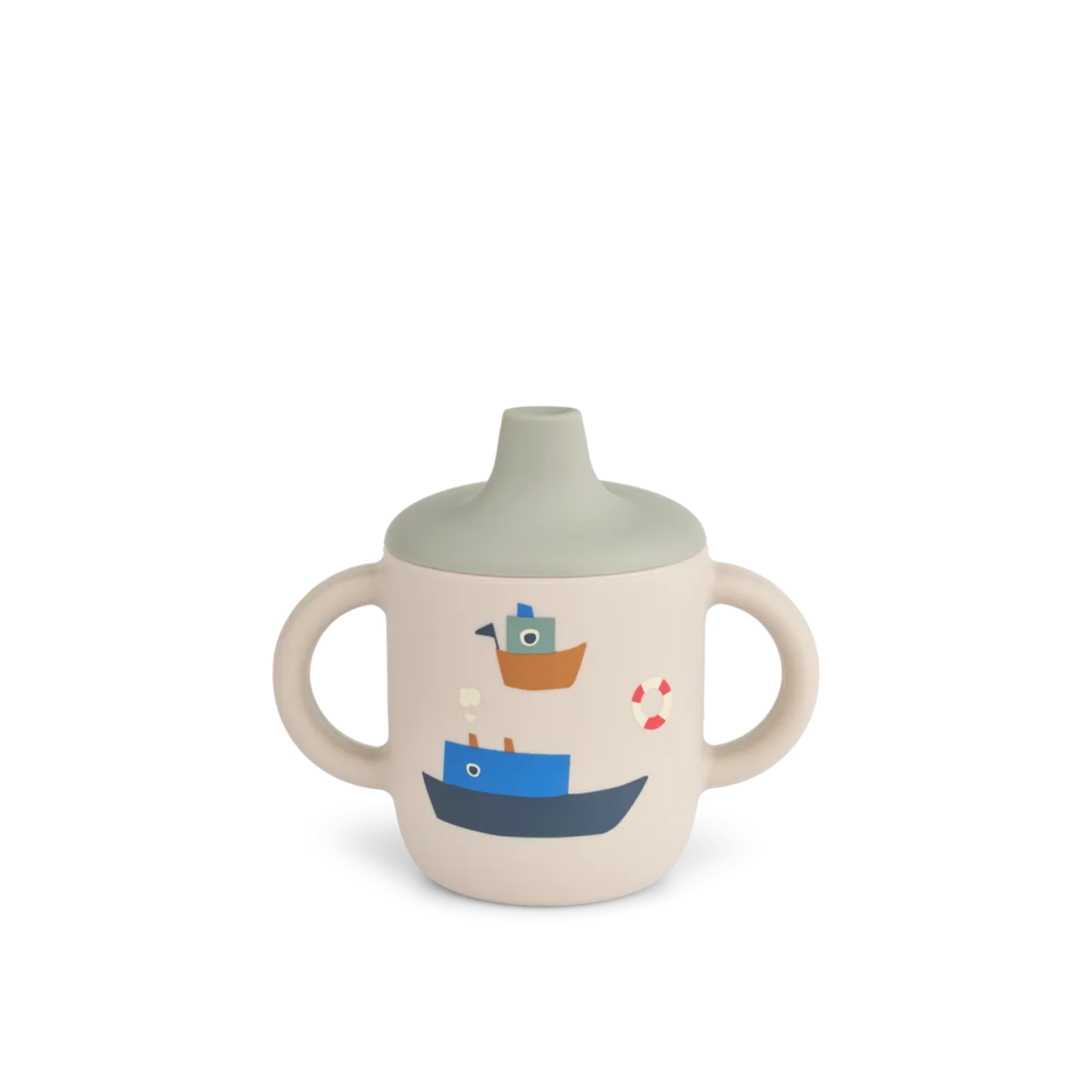
 Vendor:Puodelis su snapeliu - Sailing / SandyLIEWOOD
Vendor:Puodelis su snapeliu - Sailing / SandyLIEWOOD- Regular price
-
€20,00 - Regular price
-
€20,00 - Sale price
-
€20,00
-
Puodelis su snapeliu - Safari sandy mix

 Vendor:Puodelis su snapeliu - Safari sandy mixLIEWOOD
Vendor:Puodelis su snapeliu - Safari sandy mixLIEWOOD- Regular price
-
€20,00 - Regular price
-
€20,00 - Sale price
-
€20,00
-
Ryle indų rinkinys - Sea creatures

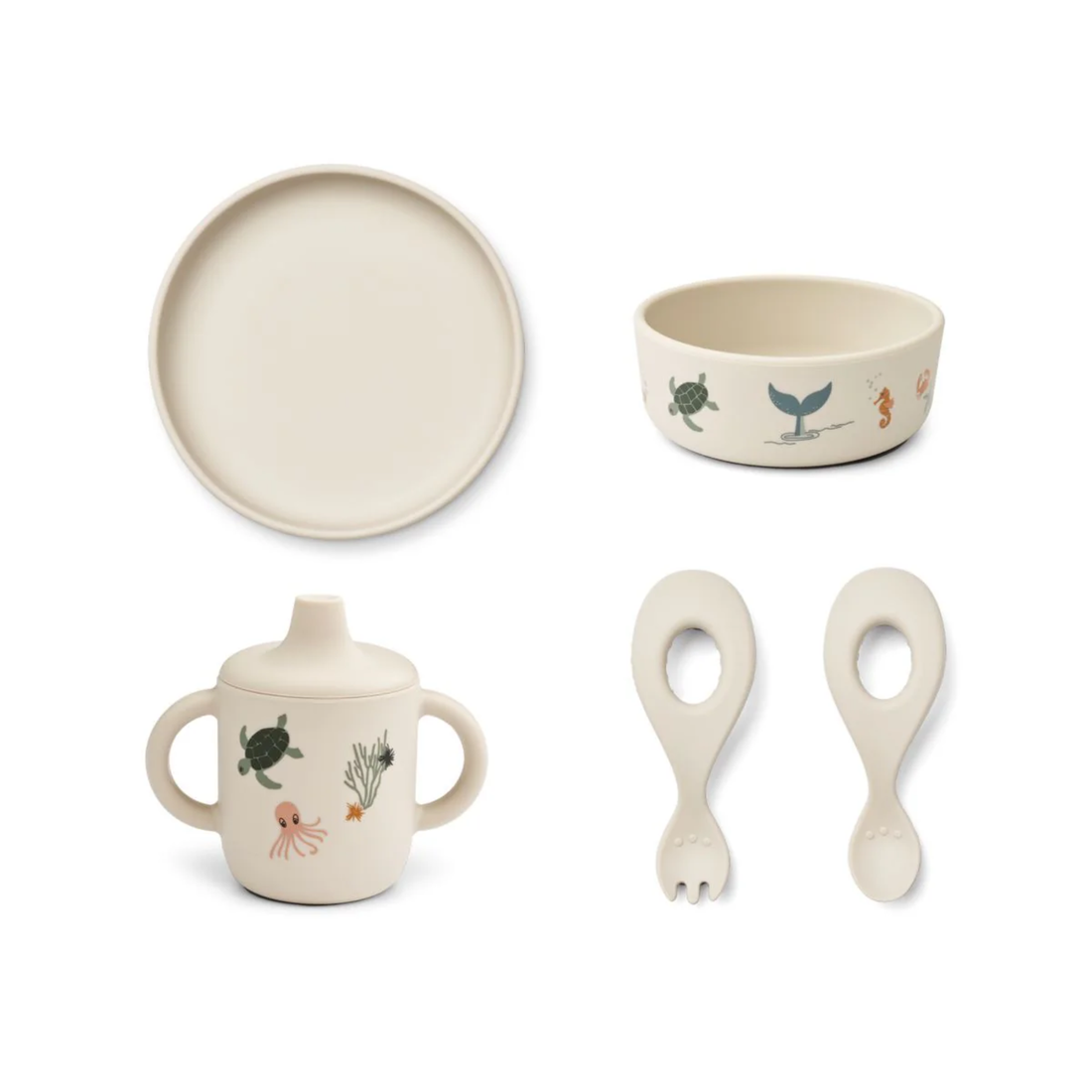 Vendor:Ryle indų rinkinys - Sea creaturesLIEWOOD
Vendor:Ryle indų rinkinys - Sea creaturesLIEWOOD- Regular price
-
€46,00 - Regular price
-
€46,00 - Sale price
-
€46,00
-
Seilinukas - All together
 Vendor:Seilinukas - All togetherLIEWOOD
Vendor:Seilinukas - All togetherLIEWOOD- Regular price
-
€17,50 - Regular price
-
€17,50 - Sale price
-
€17,50
-
Seilinukas ilgomis rankovėmis - Elephant
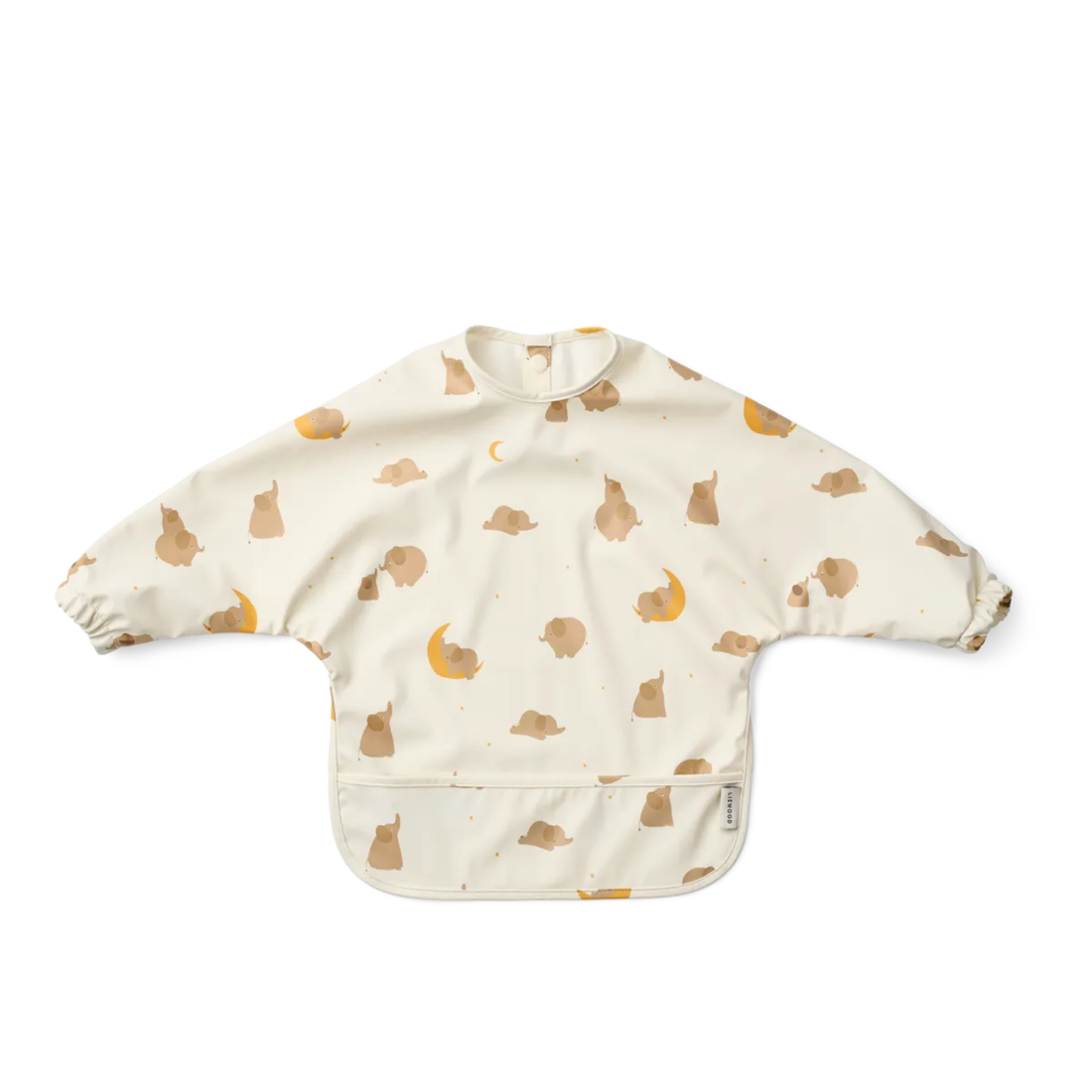
 Vendor:Seilinukas ilgomis rankovėmis - ElephantLIEWOOD
Vendor:Seilinukas ilgomis rankovėmis - ElephantLIEWOOD- Regular price
-
€27,00 - Regular price
-
€27,00 - Sale price
-
€27,00
-
Seilinukas ilgomis rankovėmis - Sweethearts

 Vendor:Seilinukas ilgomis rankovėmis - SweetheartsLIEWOOD
Vendor:Seilinukas ilgomis rankovėmis - SweetheartsLIEWOOD- Regular price
-
€27,00 - Regular price
-
€27,00 - Sale price
-
€27,00
-
Seilinukas ilgomis rankovėmis - Around the world

 Vendor:Seilinukas ilgomis rankovėmis - Around the worldLIEWOOD
Vendor:Seilinukas ilgomis rankovėmis - Around the worldLIEWOOD- Regular price
-
€27,00 - Regular price
-
€27,00 - Sale price
-
€27,00
-
Seilinukas ilgomis rankovėmis - Sailing
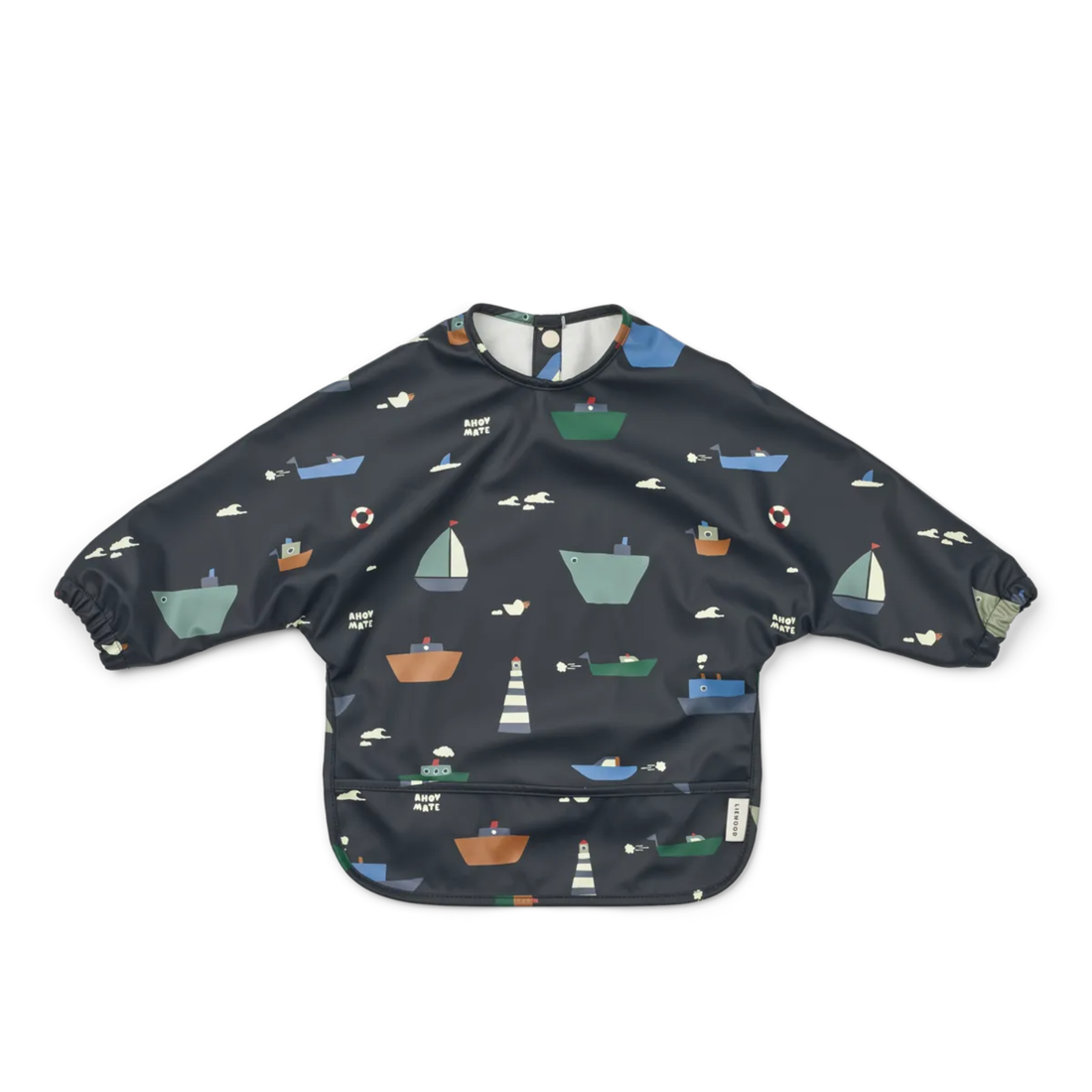
 Vendor:Seilinukas ilgomis rankovėmis - SailingLIEWOOD
Vendor:Seilinukas ilgomis rankovėmis - SailingLIEWOOD- Regular price
-
€27,00 - Regular price
-
€27,00 - Sale price
-
€27,00
-
Seilinukas ilgomis rankovėmis - Sea creature

 Vendor:Seilinukas ilgomis rankovėmis - Sea creatureLIEWOOD
Vendor:Seilinukas ilgomis rankovėmis - Sea creatureLIEWOOD- Regular price
-
€27,00 - Regular price
-
€27,00 - Sale price
-
€27,00
-
Seilinukas ilgomis rankovėmis - Sea shell mix

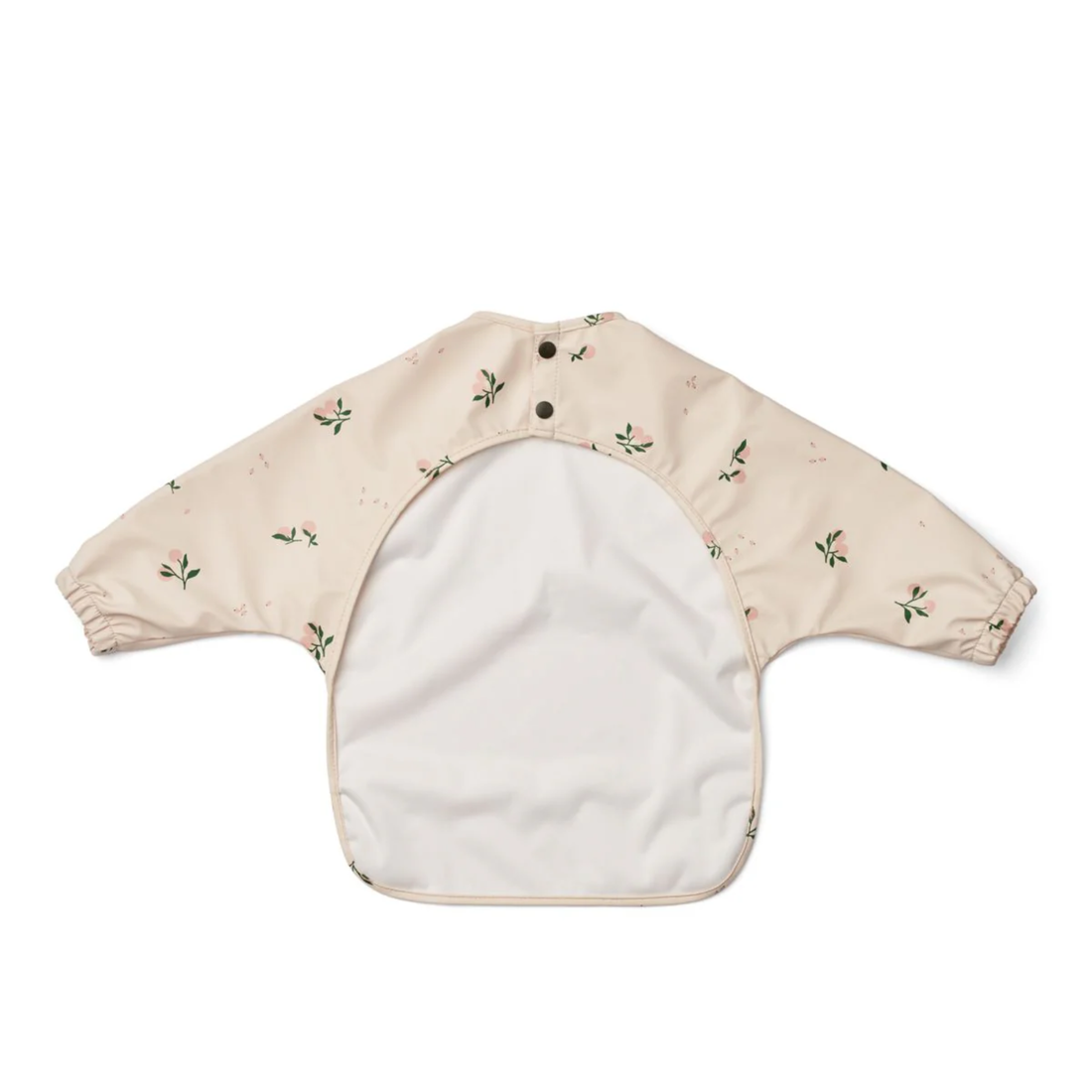 Vendor:Seilinukas ilgomis rankovėmis - Sea shell mixLIEWOOD
Vendor:Seilinukas ilgomis rankovėmis - Sea shell mixLIEWOOD- Regular price
-
€27,00 - Regular price
-
€27,00 - Sale price
-
€27,00
-
Nuuroo Kai silicone cup - Bering Sea
 Vendor:Nuuroo Kai silicone cup - Bering SeaNuuroo
Vendor:Nuuroo Kai silicone cup - Bering SeaNuuroo- Regular price
-
€11,20 - Regular price
-
€14,00 - Sale price
-
€11,20
Silicone dishes for children - why choose them?
It is recommended to teach children to eat from silicone dishes and to drink from cups made of the same material. Such dishes are not only easy to maintain, ecological and sustainable, but also durable. Therefore, you can be sure that these dishes will not need to be replaced soon. They will serve and delight you with their quality for many years to come.
Other children 's tableware and sets
Of course, children’s tableware isn’t just made of silicone. Various variations of them are also possible from other materials such as plastic, wood or bamboo. However, if you care about sustainability and whether the dishes are made of materials that are safe to come into contact with food, then you should consider three variants of children's dishes. It is made of silicone, wood and bamboo. Products made of the mentioned materials (if there are no additional impurities) are safe and harmless to children's health and environmentally friendly. Thus, the last aspect that is important (and perhaps the most important) when choosing children's dishes or whether they are comfortable to use On the one hand, we could say that there can be no objective answer in this case. After all, what is convenient for one will not necessarily look very convenient for another. However, there are objective criteria for deciding on the best option for children's dishes. Plates and bowls with a glued bottom remain the most popular. This will ensure that food from the dishes does not end up on the floor. Dishes and tools that the child cannot get used to are also more common. In other words, soft and impact-resistant dishes are chosen. For example, those that are made of silicone. However, silicone also has its own drawbacks. For example, it can be irreparably damaged with a knife, fork, or other sharp tools, making it unsuitable for children starting to learn to eat with regular tools.is.






















































































